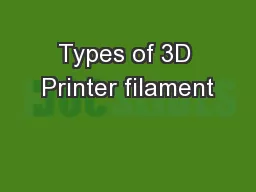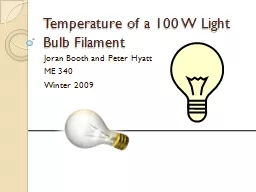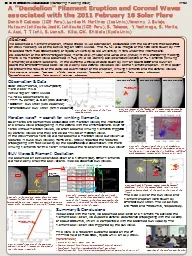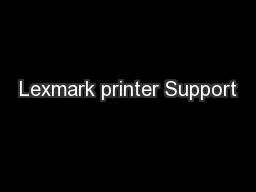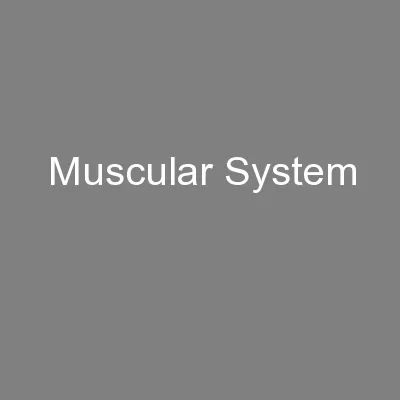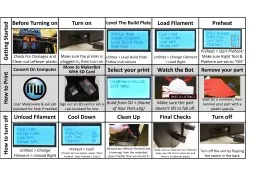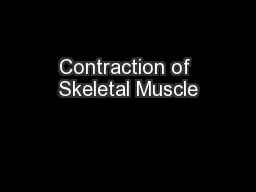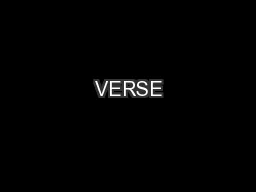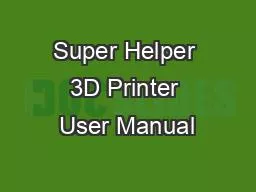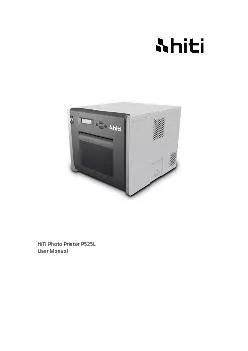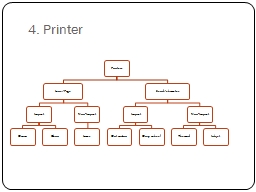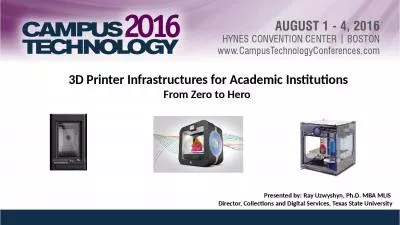PPT-Types of 3D Printer filament
Author : alida-meadow | Published Date : 2017-08-05
Materials science ABS and PLA Acrylonitrile Butadiene Styrene ABS was the most popular material used to print first 3D models few years ago and it is extremely
Presentation Embed Code
Download Presentation
Download Presentation The PPT/PDF document "Types of 3D Printer filament" is the property of its rightful owner. Permission is granted to download and print the materials on this website for personal, non-commercial use only, and to display it on your personal computer provided you do not modify the materials and that you retain all copyright notices contained in the materials. By downloading content from our website, you accept the terms of this agreement.
Types of 3D Printer filament: Transcript
Download Rules Of Document
"Types of 3D Printer filament"The content belongs to its owner. You may download and print it for personal use, without modification, and keep all copyright notices. By downloading, you agree to these terms.
Related Documents

